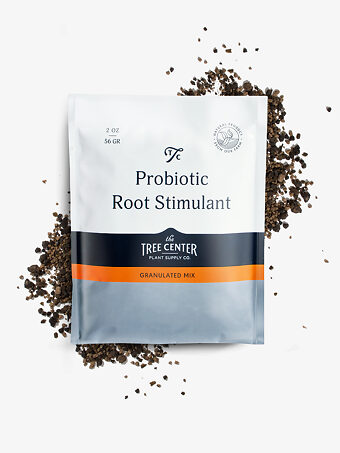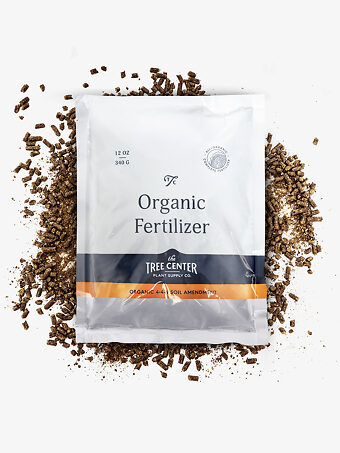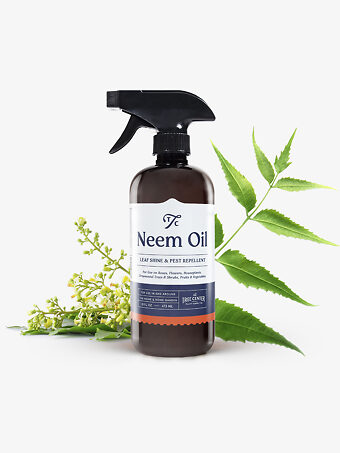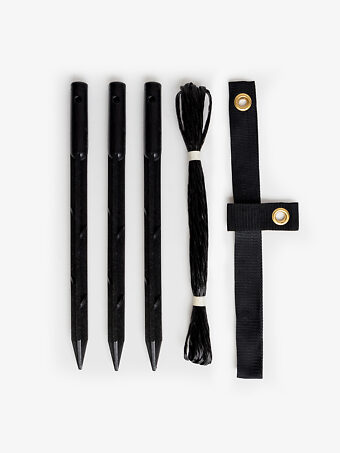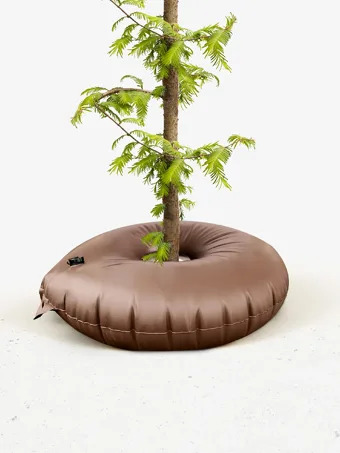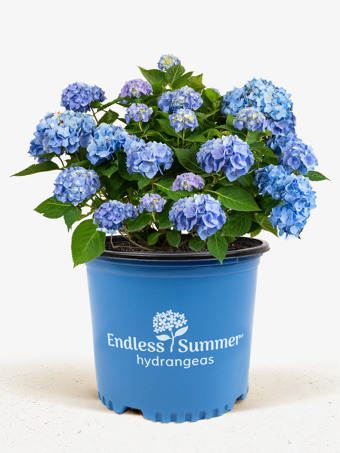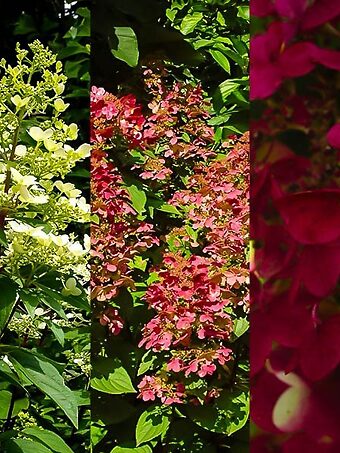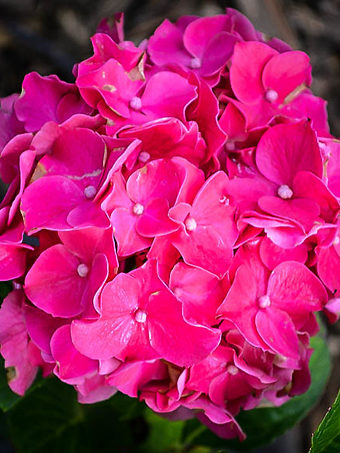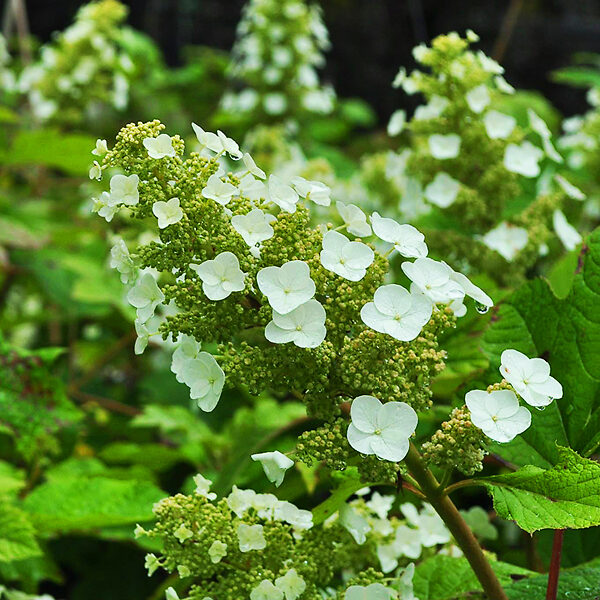
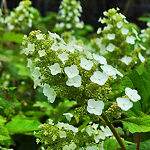
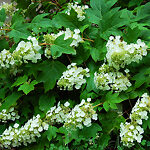
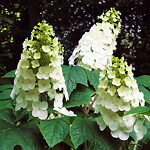
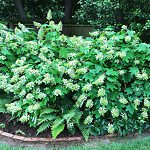

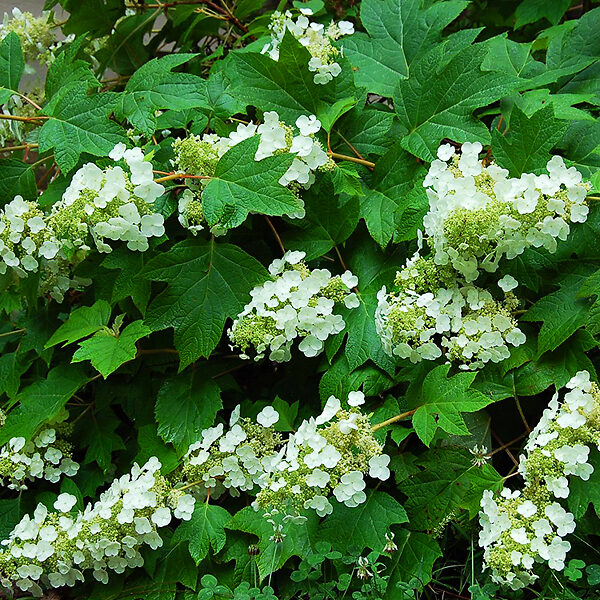
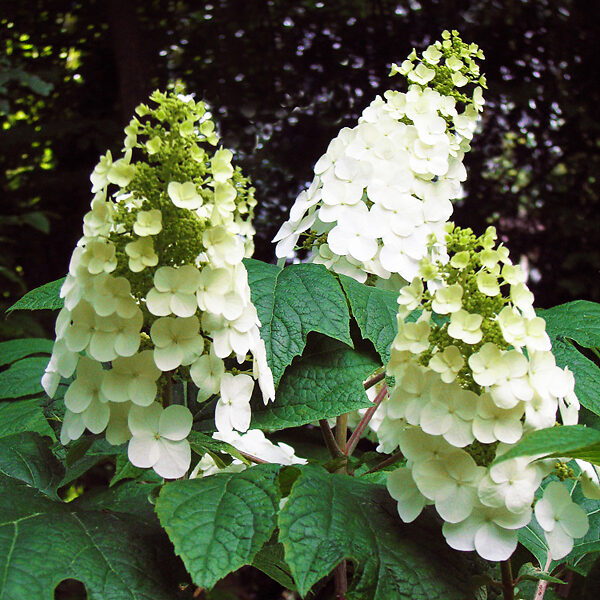
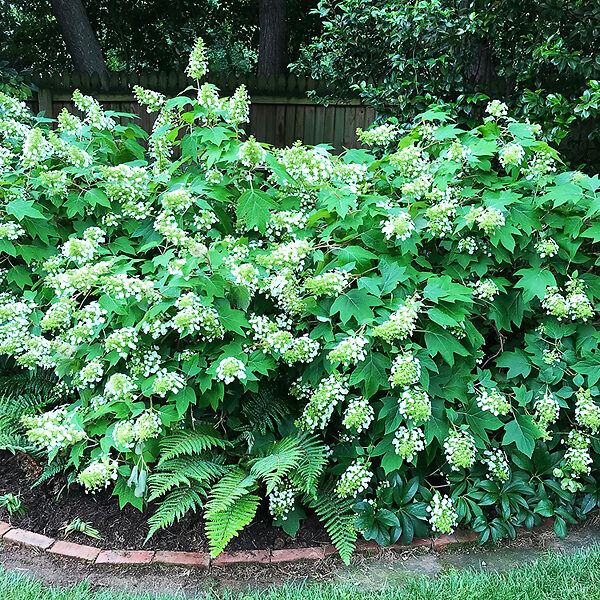
Sike's Dwarf Oakleaf Hydrangea
Hydrangea quercifolia Sike's DwarfView more from Hydrangeas
Sike's Dwarf Oakleaf Hydrangea
Hydrangea quercifolia Sike's Dwarf
Select size
Size Guideselect quantity
Buy in monthly payments with on orders over $50.Prequalify now
on orders over $50.Prequalify now
this item doesn’t ship to
Sike’s Dwarf Hydrangea is a unique form of the oak-leaf hydrangea, growing around 3 feet tall and 4 feet wide. This deciduous shrub has large leaves divided into lobes like an oak leaf, and cones of white flowers in summer that turn pink when fall comes. The leaves turn attractive dark shades of bronze, purple and red in fall, and often remain on the bush well into the winter. Adaptable to many light levels, this plant is more resistant to heat and drought than other hydrangeas, and grows well in the southeast. A native plant, use it in wild gardens as well as more structured ones.
- Broad, low mound of handsome foliage and flowers
- Unique type of hydrangea with lobed leaves
- White flowers all through summer, turning pink in fall
- Deep fall colors, with leaves of purple, dark-red and bronze
- Grows well even in full shade
Sike’s Dwarf Hydrangea thrives in warmer zones, and enjoys heat and humidity. It tolerates more sun than many other hydrangeas, but at the same time grows well in light full shade. All well-drained soils are suitable, with the best growth in richer soils that are usually moist. It rarely has pests or diseases, and is best left unpruned, apart from removing any dead branches in spring. Winter damage in very cold zones may kill flower buds in some years.

Botanical Name:
Hydrangea quercifolia Sike's Dwarf
Mature Width:
3-4 ft
Mature Height:
2-3 ft
Grows Well In:
Zones 5-9
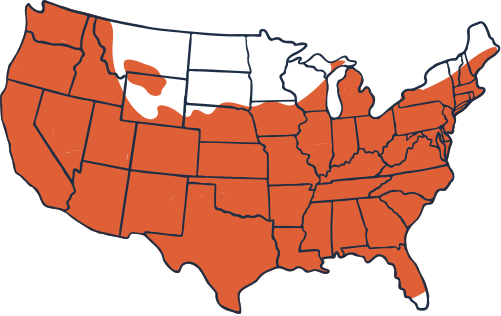
Sun Needs:
Full Sun, Partial Sun, Shade
Water Needs:
Moderate
Growth Rate:
Slow
Flower Color:
White
Flowering Season:
Summer
